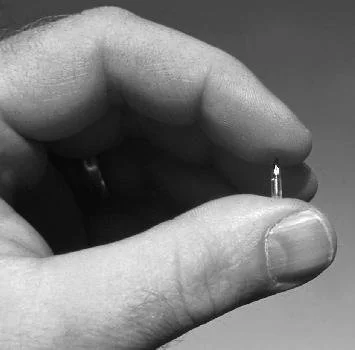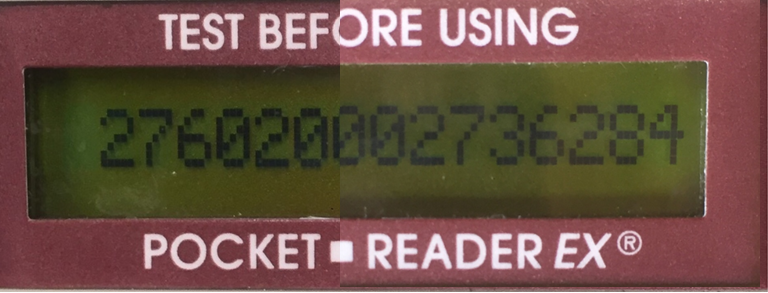USEF New Rules for Medroxyprogesterone, Microchipping Requirements and Wildfires
For 2018 the USEF has implemented a number of new rules
Medroxyprogesterone
Medroxyprogesterone is a progesterone drug commonly administered to mares to suppress heat in an effort to diminish unwanted mare-ish behavior. It is sometimes used in geldings for its calming effects.
USEF competitors are now required to fill out a Medroxyprogesterone Disclosure Form if your horse has been administered medroxyprogesterone within 3 months of a competition. This form can be filled out by downloading the form or filling out the information online.
Go to:
https://www.usef.org/compete/resources-forms/rules-regulations/drugs-medications
to access the appropriate forms.
If you continue to regularly compete then you will need to list any additional administrations of medroxyprogesterone as they occur. You do not need to re-list previously reported administrations. The USEF is trying to determine how much medroxyprogesterone is being used, at what dose and at what frequency. In addition, they are trying to determine how long medroxyprogesterone stays in the system. It seems pretty clear that in the future the USEF will likely place limitations on the use of medroxyprogesterone.
Magnesium Sulfate
Magnesium sulfate is not permitted on competition grounds at any time. This was another medication that had limited therapeutic applications but was being used to calm horses.
ID Microchips
Starting in 2018 Hunter/Jumper competition horses must be microchipped. For 2018 a microchip is required in order to receive year-end points. After that microchips are required to enter a competition.
Microchips are just the same as have been put in dogs and cats. The size of a grain of rice, they are implanted in a ligament running along the top of the neck. When a scanner is passed over the chip, they will read out a 15 digit combination that will uniquely identify your horse.
While I have never seen a dispute as to which horse is competing in a class, I certainly think it is possible. I can imagine an issue where several grey ponies can be lined up with no distinguishing markings to easily tell one from another. There was also the case a few years ago where a Grand Prix jumper from northern California was shipped to the East Coast and meant to compete in the Florida winter circuit. In a mix-up, the horse that ended up in Florida was not that horse, and the real horse ended up competing in the junior jumpers in the Gulf Coast Circuit in Mississippi.
For owners of warmbloods, particularly horses imported from Europe, it is important to check for the presence of an ID microchip before implanting one in your horse. For several years registries in Europe have been requiring ID chips in horses to be registered.
Wildfires and ID Microchips
In the fall of 2017, wildfires devastated both northern and southern California. Horses had to be evacuated at a moment’s notice. At San Luis Rey Downs in San Diego County and other facilities, horses were set free as the stable area caught fire. Identifying your horse in these horrible situations can be aided by an ID Micrchip.
Call to set up an appointment.



